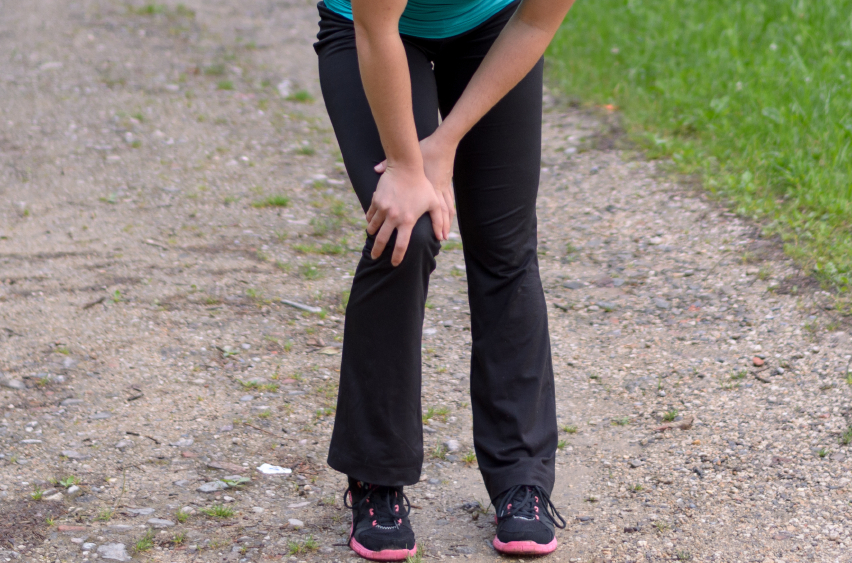Figuratively, the phrase “weak in the knees” is often related to good things – that gooey feeling you get when you fall in love, or that moment of shock after a pleasant surprise. Literally, though, a feeling of knee weakness is anything but pleasant.
Whether accompanied by pain or a constant worry that your knee will buckle, affecting the way you live and walk, that worry is a real concern. It’s a debilitating problem, especially for seniors. But what causes it?
The most common cause of an unstable knee is damage to one of the four ligaments that hold the joint together and allow it to work as it should. Those ligaments, the anterior cructiate, medial collateral, posterior cruciate and lateral collateral, all perform specific tasks that allow normal range of movement in a very complex, load-bearing joint – your knee.
Whether just sprained or – at the other end of the seriousness spectrum – torn, they are most commonly damaged during athletic activity, but can also be injured in simple day-to-day activities, like twisting while getting out of a car. The degree to which they’re damaged determines how important it is to seek medical care quickly.
A quick primer of what those ligaments are and what they do:
Anterior cruciate
The ligament, commonly called the ACL, runs diagonally in the middle of the knee joint, preventing your shin bone (the tibia) from sliding out in front of the end of your thigh bone (the femur). It is the main anchor in the middle of your knee, providing rotational stability in movements other than simple forward-and-back movements. In athletics, the ACL is most often the culprit when knees are injured.
(By the way, female athletes are more vulnerable to ACL tears, studies have shown. One in 10 female college student athletes suffer an ACL injury each year, 5-6 times more often than male athletes.)
Medial collateral
The medial collateral ligament (commonly called the MCL) is located on the inside of the knee, also anchoring the femur to the tibia. It works to resist the widening of the joint. Most often, it is injured during a blow on the outside portion of the knee and is commonly accompanied by some injury to the ACL, since they work so closely together.
Posterior cruciate
The posterior cruciate ligament (PCL) sits just behind the ACL, preventing the tibia from sliding too far backwards. The most common type of injury to the PCL is called a “dashboard injury” because it happens when your knee is bent and something strikes the front of the joint, like a dashboard in an automobile accident. It’s very common for the injury to be misdiagnosed as involving one of the knee’s other key ligaments.
Lateral collateral
The lateral collateral ligament (LCL) connects the femur and tibia on the outer side of the knee. When torn or strained, the knee joint may bend too far inward, toward your other knee, when stressed.
Think you may have tendon damage? Here’s what to do next:
Along with pain or that “buckling” feeling, other symptoms of tendon damage include swelling and a locking of your knee, especially after periods of inactivity. If you experience minor symptoms, doctors suggest icing and keeping your knee elevated while giving it a rest. However, if symptoms are more serious, you should see your doctor as soon as possible. Trying to tough it out could lead to damage to your other tendons, not to mention the danger of your knee actually giving out and leading to a fall.
At that point, treatment could range from anti-inflammatory prescriptions to a knee brace and physical therapy to surgery.

